When establishing a new hospital, one of the key areas to focus on is outpatient care. Outpatient departments play a pivotal role in providing medical services to individuals who do not require overnight hospitalization. To ensure effective and efficient outpatient care, it is essential to equip these departments with the right outpatient care tools. Read on as we divulge and explore the essential equipment needed for outpatient care in new hospitals, and how to set up your facility to use the tools optimally.
Understanding the Importance of Outpatient Care
Outpatient care is a critical component of the healthcare system, providing services to patients who require diagnosis, treatment, monitoring, and follow-up without the need for inpatient admission. It offers convenience, cost-effectiveness, and faster access to healthcare services.
General Outpatient Departments
General outpatient departments serve a wide range of medical needs, including routine check-ups, vaccinations, and minor procedures. Essential equipment includes:
- Examination tables: Comfortable and adjustable for different specialties.
- Stethoscopes and blood pressure cuffs: For routine vital sign assessment.
- Diagnostic equipment: Such as thermometers, otoscopes, and ophthalmoscope.
- Medical scales: For measuring weight and height.
- Patient chairs: For waiting areas and examination rooms.
Radiology and Imaging Centers
Radiology and imaging centers are crucial for diagnostic purposes. Essential equipment includes:
- X-ray machines: For capturing images of bones and tissues.
- Ultrasound machines: An ultrasound machine is used for imaging soft tissues and organs.
- CT (computed tomography) scanners: For detailed cross-sectional images.
- MRI (magnetic resonance imaging) machines: For detailed images of various body parts. Radiation therapy equipment: For cancer treatment, if applicable.
Laboratory Services
Laboratories provide essential diagnostic services. Equipment includes:
- Microscopes: For analyzing blood, tissue, and other samples.
- Centrifuges: For separating blood components.
- Analyzers: Such as chemistry analyzers and hematology analyzers.
- Autoclaves: Autoclaves are essential for sterilizing equipment and materials.
- Incubators: For cultivating bacteria and other microorganisms.
Specialty Clinics
Specialty clinics focus on specific medical disciplines, such as cardiology, dermatology, and ophthalmology. Equipment needs vary by specialty and may include specialized diagnostic devices and treatment equipment.
Dental Clinics
Dental clinics require specific equipment for oral health care, such as dental chairs, sterilizers, dental instruments, and X-ray machines.
Factors to Consider when Selecting Outpatient Tools
Selecting outpatient department tools shouldn’t be done in a rush. An in-depth analysis of your hospital’s needs will alleviate any future regrets or shortages.
1. Assess What You Need
Before selecting equipment, conduct a comprehensive needs assessment for your outpatient care departments. Consider the anticipated patient volume, the scope of services, and the budget available for equipment procurement.
2. Choose Quality Equipment
Choose high-quality and reliable equipment from reputable manufacturers. Investing in quality equipment can reduce maintenance costs, improve patient outcomes, and enhance the reputation of your hospital.
3. All Tools Should be Compliant
Ensure that all equipment meets the regulatory and safety standards established by Kenyan healthcare authorities. Verify that the equipment is properly certified and compliant with local regulations.
4. Establish Maintenance Agreements
Establish maintenance and support agreements with equipment suppliers. Regular maintenance and prompt support for repairs are essential to keep equipment functioning optimally and minimize downtime.
5. Manage Your Budget Well
Create a detailed budget for equipment procurement, including purchase costs, installation expenses, maintenance agreements, and staff training costs. Prioritize equipment based on necessity and budget constraints.
Organizational Aspects For Your Outpatient Care Department
An outpatient care department handles and dispenses many services. Organizing its layout well will ensure there is an optimal flow of services and patient care.
1. Plan a Layout to Optimize Efficiency
Plan the layout of your outpatient care departments to optimize patient flow and staff efficiency. Ensure that equipment is arranged ergonomically, with easy access for healthcare providers and patients.
2. Put in Place Infection Control Measures
Implement rigorous infection control measures within outpatient departments. Select equipment that is easy to clean and disinfect, and establish protocols for regular sanitation.
3. Safeguard Patient Privacy
Design consultation and examination rooms to provide adequate patient privacy. Use partitions, curtains, or soundproofing materials to create a confidential and comfortable environment.
4. Maximize Storage Solutions
Include ample storage space for equipment and supplies in each outpatient care department. Proper storage solutions reduce clutter, improve organization, and minimize the risk of accidents.
Improving Medical Training and Know-How
Continued staff training is essential in a health facility. Coupled with technological advances, staff should be conversant with any evolving equipment functions.
1. Ensure Training Programs are Continuous
Develop training programs for healthcare providers and support staff on the proper use and maintenance of outpatient care equipment. Regular training updates ensure that staff are proficient in operating the equipment.
2. Introduce Competency Assessment
Conduct competency assessments to verify that staff members are competent in using equipment safely and effectively. Regular assessments help identify areas where additional training or support may be required.
3. Enhance Emergency Preparedness
Ensure that staff are well-prepared to handle emergencies related to equipment malfunctions or failures. Conduct regular drills and simulations to test emergency response procedures and enhance staff readiness.

Maintenance and Safety Checks Tips for Your Department
The hospital’s day-to-day operations and equipment usage shouldn’t be neglected. Ensure there are safety check protocols and maintenance checks for your outpatient department equipment.
1. Initiate a Preventive Maintenance Program
Implement a preventive maintenance program to keep equipment in optimal working condition. Schedule regular inspections, calibration, and servicing to identify and address issues proactively.
2. Conduct Regular Safety Checks
Encourage healthcare providers to perform safety checks before using equipment. This includes inspecting cords, connections, and other components for signs of wear or damage. Address any safety concerns promptly.
3. Encourage Prompt Accounting
Educate patients about the equipment used in their care. Provide clear and understandable information about the purpose and function of equipment to alleviate anxiety and promote active patient involvement in their treatment.
Conclusion
Equipping your outpatient departments with the right equipment is crucial for delivering efficient and high-quality healthcare services in your new hospital. By understanding the specific needs of different specialties, selecting high-quality equipment, ensuring compliance with standards, and prioritizing patient-centered care, you can create a patient-friendly and efficient healthcare environment.
Continuous training, safety checks, and a commitment to sustainability will help ensure that your outpatient care departments remain effective and responsive to the evolving needs of your patients and community.


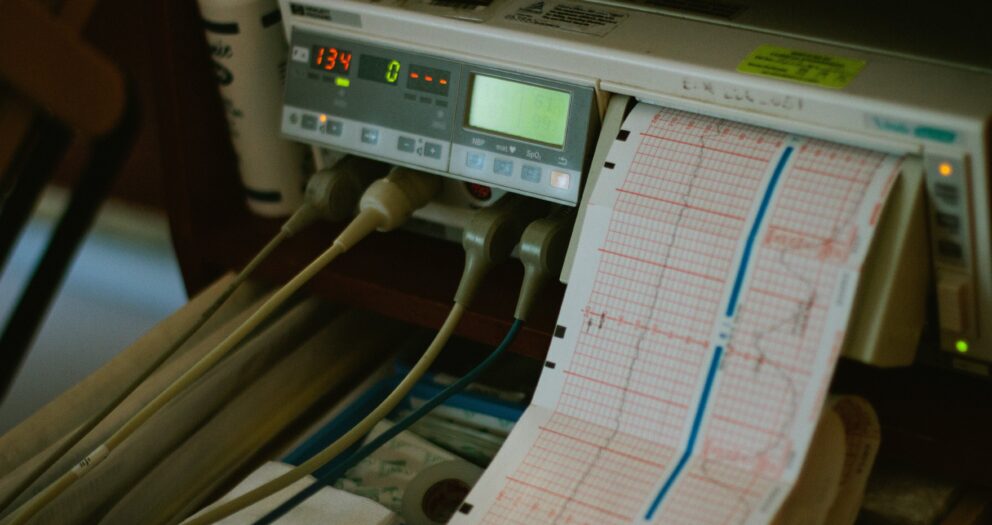
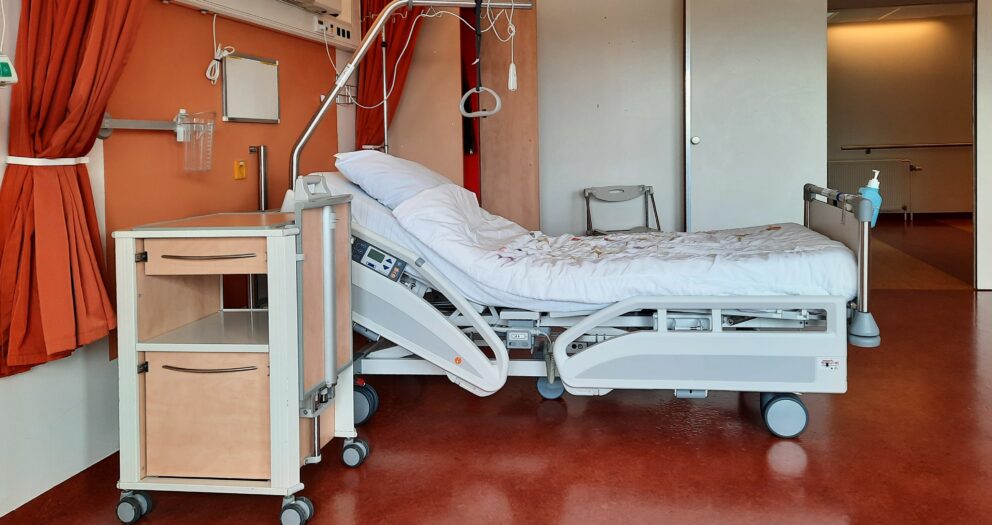
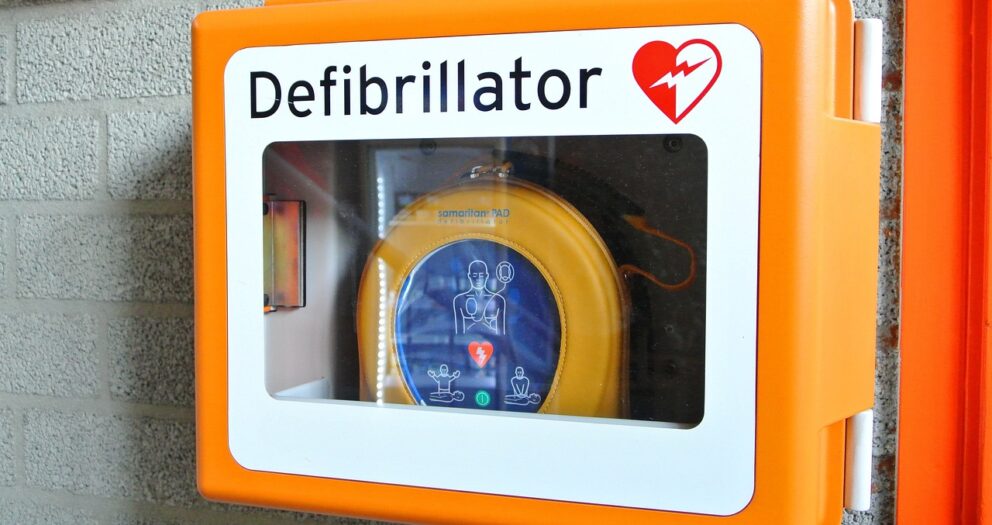
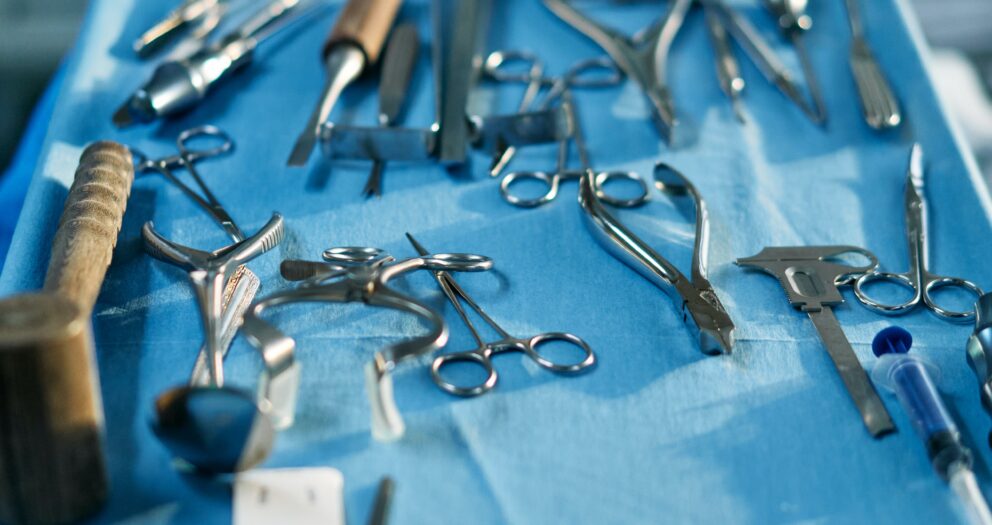
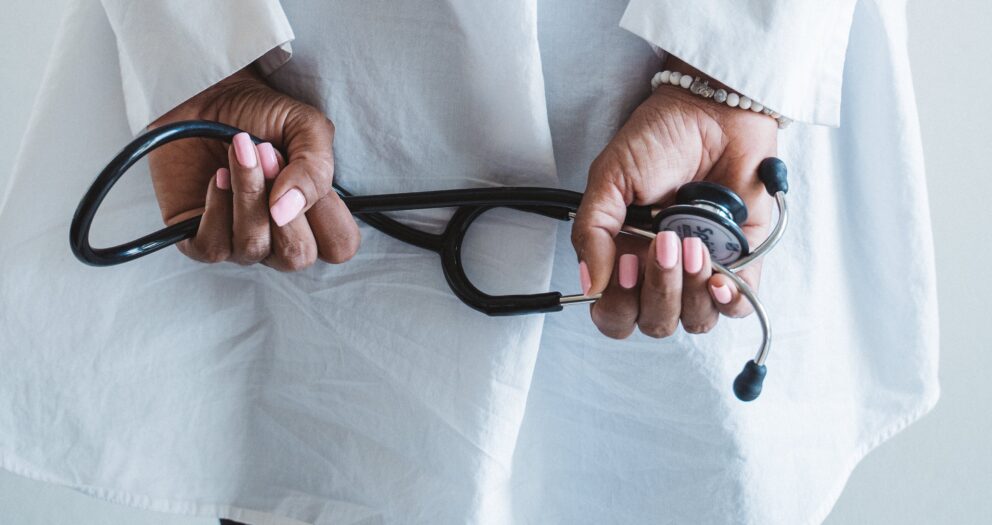
Write a comment
Your email address will not be published. All fields are required